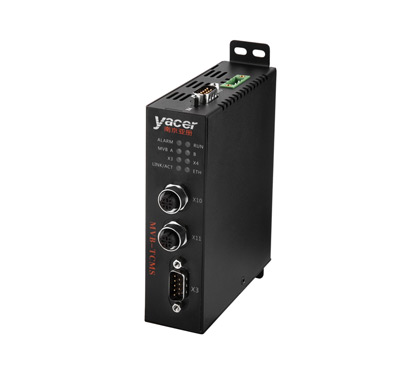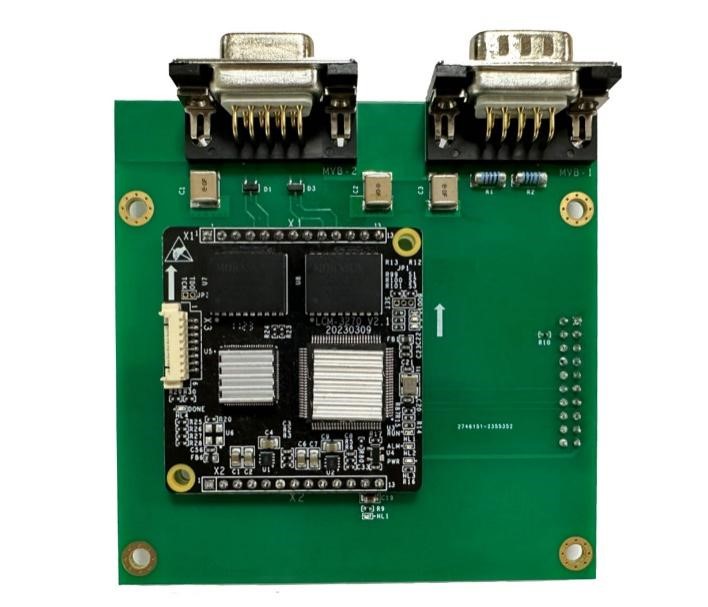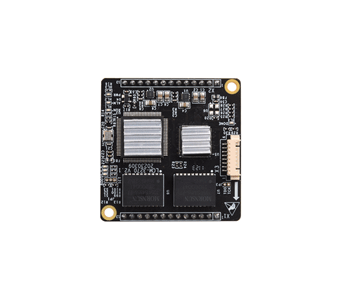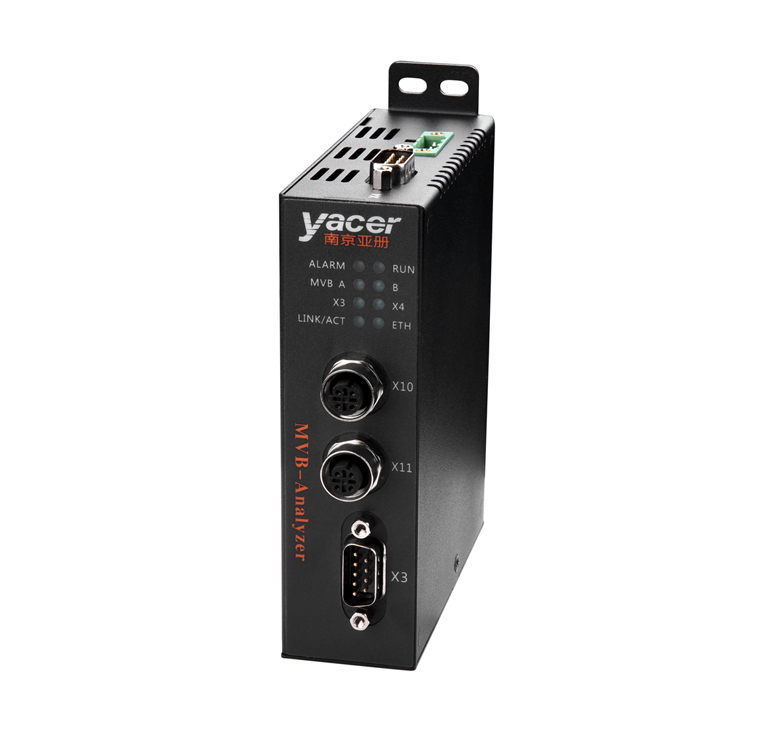Driven by the interweaving of the "double carbon" goals and the global intelligent wave, the rail transit sector is undergoing a profound technological transformation. As the "nerve center" of the train control system, the Multifunction Vehicle Bus (MVB), and the "intelligent butler" of the battery system, the Battery Management System (BMS), their deep collaborative development has become the key to breaking through industry bottlenecks. Through technological integration and system reconstruction, this "golden pair" is leading rail transit towards a future landscape of high efficiency, high safety, and high intelligence.
• Technological Breakthrough: A Deep Leap from Protocol Interoperability to Intelligent Closed-Loop
The latest technical whitepaper released by the International Union of Railways (UIC) shows that a cross-protocol gateway built with a customized protocol conversion module has achieved seamless docking of periodic working condition data from MVB and asynchronous event data from BMS. This unified data model, including core parameters such as voltage, current, and SOC, acts like a "cross-language translator" for trains, completely eliminating the semantic barriers between devices. More notably, the breakthrough in edge computing technology—AI chips deployed at the edge of the train network can real-time fuse operation data such as load and gradient with battery health status, enabling the train to prioritize high-health battery packs during acceleration, increasing regenerative braking energy recovery efficiency by 15%-20%, equivalent to recovering 30 more kWh per 100 kilometers.
The innovation of the closed-loop control architecture has brought dual benefits: when the working condition data real-time sensed by MVB forms a control closed-loop with the charging and discharging strategies dynamically adjusted by BMS, the measured data from a pilot line shows that battery life is extended by 25%-30%, and the comprehensive energy consumption of the train is reduced by 10%-12%. The improvement in safety early warning capability is also significant: through a machine learning model that fuses mechanical vibration and battery internal resistance data, thermal runaway risks can be predicted 72 hours in advance, which is 3 times the early warning time of traditional single systems, winning a precious window period for fault handling.
• Value Breakthrough: Three-Dimensional Advancement in Energy Efficiency, Safety, and Operation & Maintenance
In the field of energy efficiency optimization, the collaborative system demonstrates excellent dynamic regulation capabilities. When a train enters a long downhill section, the system prioritizes delivering regenerative braking energy to battery packs with lower health status based on the power demand transmitted by MVB and the battery health status (SOH) fed back by BMS, improving energy use efficiency while extending battery life, achieving a Pareto optimality of "energy efficiency - life". The measured data from a high-speed rail line shows that this technology reduces the annual energy consumption of a single vehicle by the equivalent of 80 tons of carbon emissions.
The upgrade of the safety protection system is a revolutionary breakthrough. Through the cross-validation of mechanical parameters and electrochemical parameters, the system can accurately capture hidden faults such as mechanical damage to battery modules and cell aging, which are difficult to detect by traditional detection methods. The emergency linkage mechanism has even improved safety response to the second level: when BMS detects local overheating of the battery pack, it will trigger 12 linkage measures such as train speed reduction, air conditioning forced exhaust, and pantograph lowering through MVB, constructing a multi-dimensional safety protection network.
The transformation of the operation and maintenance model is also remarkable. The practice of a metro company shows that the battery decay prediction model built based on historical working conditions and charging/discharging data has transformed the traditional "periodic maintenance" into "on-demand maintenance", reducing the annual operation and maintenance cost by 20%-25%, and avoiding battery capacity loss caused by excessive maintenance, which is equivalent to extending the service life of the battery pack by 2 years.
• Future Outlook: Technological Integration Catalyzes Ecological Reconstruction
With the deep integration of 5G-R networks and Time-Sensitive Networking (TSN), the sharing of battery health status across trains and lines has become a reality. Through federated learning technology, the aggregated analysis of BMS data from multiple trains improves the SOC prediction accuracy to more than 98% under the premise of protecting data privacy, providing precise data support for intelligent operation and maintenance. The application of digital twin technology has opened a new era of virtual debugging. A case from a locomotive factory shows that by constructing a full-working-condition digital twin, the new vehicle R&D cycle is shortened by 30%-40%, significantly reducing the time and cost of physical testing.
In terms of standardization and ecological construction, the International Electrotechnical Commission (IEC) is accelerating the process of interface standardization. The application of open-source BMS chips based on the RISC-V architecture and real-time data bus middleware reduces the threshold for collaborative development by more than 40%. China's first MVB-BMS data interaction protocol stack has been released in the open-source community, marking that the industry is moving from closed R&D to open innovation.
• The Path to Breakthrough: Facing Challenges and Building a New Industrial Ecology Together
Despite facing three major challenges of data security, real-time performance guarantee, and cost control, the industry has launched active responses. The introduction of blockchain technology has installed a "digital safe" for data transmission, TSN technology has solved the contradiction between high bandwidth requirements and bandwidth limitations, and large-scale production and standardized design are pushing the downward curve of single-vehicle costs to accelerate. At the policy level, the formulation of "intelligent train" certification standards and fiscal and tax incentive policies have entered the implementation stage, and the establishment of industry-university-research collaborative innovation platforms has provided strong support for core technology research.
When the "neural network" and "intelligent brain" of the train achieve deep interconnection, rail transit is experiencing a paradigm revolution from "mechanical integration" to "digital integration". This innovation that began at the technical level is reshaping the entire industrial ecology and injecting surging power into the global green transportation transformation. With the continuous efforts of all parties in the industrial chain in standardization, safety, and ecological construction, we have reason to believe that every galloping intelligent train will become a vivid footnote to technological innovation and sustainable development, leading rail transit towards a smarter and greener future.






